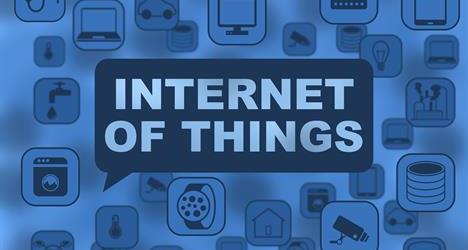|
Machine translation, the process of automatically converting text from one language to another, has emerged as a groundbreaking technology in recent years. With the ever-increasing need for cross-cultural communication and globalization, machine translation systems play a crucial role in bridging the language gap and fostering effective communication worldwide. The advancement of machine translation can be attributed to significant advancements in artificial intelligence (AI) and natural language processing (NLP) technologies. These technologies enable machines to understand and generate human-like translations by analyzing vast amounts of linguistic data. One of the key approaches in machine translation is Statistical Machine Translation (SMT). SMT relies on statistical models that learn patterns and relationships between words and phrases in different languages from large bilingual corpora. By leveraging these learned patterns, SMT systems generate translations based on the probability of certain word sequences appearing together. However, the field of machine translation has witnessed a paradigm shift with the introduction of Neural Machine Translation (NMT). NMT utilizes deep learning techniques, specifically neural networks, to capture more complex linguistic phenomena. Unlike SMT, which breaks sentences into smaller fragments, NMT treats translation as a holistic task, considering the entire source sentence at once. This approach has shown significant improvements in fluency, accuracy, and contextual understanding compared to traditional SMT systems. The power of NMT lies in its ability to learn from vast amounts of parallel data, such as bilingual texts and professionally translated documents. Neural networks are trained using these datasets, allowing them to capture intricate relationships between words and produce contextually aware translations. Additionally, NMT models can be fine-tuned and adapted to specific domains or languages, further enhancing translation quality. Recent advances have also seen the rise of transformer models in machine translation. Transformers employ self-attention mechanisms, enabling the network to focus on relevant parts of the input sequence during translation. This attention mechanism enables the model to consider dependencies between words more effectively, leading to improved translation accuracy. Despite the remarkable progress in machine translation, challenges persist. Ambiguities, idiomatic expressions, and cultural nuances pose hurdles for accurate and culturally appropriate translations. The quality of translations heavily relies on the availability of high-quality training data and continuous refinement of models through human feedback. To address these challenges, researchers are exploring techniques such as transfer learning, data augmentation, and domain adaptation to enhance the performance of machine translation systems. Moreover, the integration of machine translation with other technologies, such as speech recognition and synthesis, further expands its applications and potential impact. Machine translation has already revolutionized various industries, including e-commerce, tourism, and international diplomacy. It has enabled businesses to reach global audiences, facilitated seamless communication between people from diverse linguistic backgrounds, and fostered cultural exchange. As technology continues to advance, machine translation holds immense promise for breaking down language barriers and creating a more connected world. With ongoing research and collaborative efforts, we can look forward to even more accurate, fluent, and culturally sensitive translations that empower individuals, businesses, and societies alike.  |
